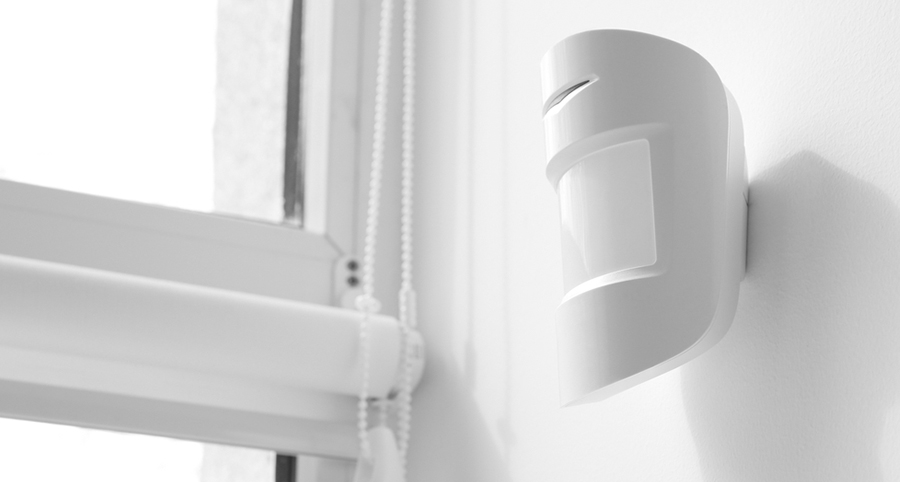
How Do Motion Sensors Work In Topeka?
You understand the fundamental purpose of motion sensors is to trigger your alarm when movement is recognized. However, the question still remains: How do they work? What kind of technology is involved, and do you really need them? This basic guide will answer your questions and provide clarity on why these devices are such an indispensable aspect of your home’s security.
How Are Topeka Motion Sensors Used?
You can generally expect a home security motion detector to monitor a space inside a distance of six to 70 feet. If needed, you are able to obtain models that can expand the scope of your coverage to a greater degree. These tools are commonly found in other elements like outside flood lights. When they detect movement, they signal your lights which shine down on your surroundings.
In addition to flood lights, you’ll also see motion sensors in surveillance systems like the ADT outdoor security camera. This powerful device may be customized to dispatch updates and even video clips to your mobile device when movement is detected.
Active Motion Sensors
Active sensors, as the name suggests, continuously emit some kind of signal and then record the speed of the reply. When there is a fluctuation in the reply, movement is shown and your alarm system is warned. Microwave sensors are the most prevalent kind of active device. You can also run into ultrasonic sensors that use sound waves and area reflective sensors that assess the bounce-back rate of infrared light.
Passive Infrared Motion Sensors
One of the other most prevalent sorts of motion detection devices in Topeka is the passive infrared (PIR) motion sensor. Unlike active devices, they won’t continuously discharge a signal. Alternatively, they can notice temperature fluctuations in a specified space. An abrupt change in heat, like a person walking through a room, will trigger the sensor.
When compared to active sensors, PIR options use a lower amount of power, are simpler to run, and are more cost-effective. As an additional bonus, you can adjust the sensitivity levels in most cases. For instance, the pet-friendly ADP motion sensor is able to be set to ignore furry family members less than 60 pounds.
Some Other Types Of Motion Sensors
You can come across motion sensors that employ more than one type of functionality. Called hybrid, dual technology, or combined sensors, these options help cut down on false alarms as both styles of sensors must be triggered for your alarm to turn on. You might even see vibration detectors and tomographic motion devices that are typically found in larger commercial areas.
Request Your Security System With Motion Sensors in Topeka
Since you now have an enhanced understanding of how motion sensors work in Topeka, it’s time to order your own security system with these critical devices. When you get them as a core feature of a package, you’ll gain comfort knowing they function seamlessly with your other security tools. Contact Secure24 Alarm Systems today and allow our experts to help you design the right system for your property. Call (785) 268-2982 or fill out the ensuing form to start.
